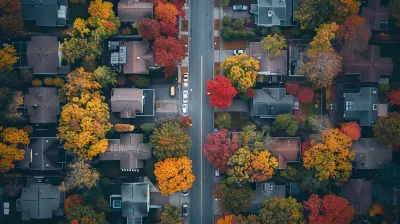The Science of Space: Using Perspective in Real Estate Photography
12 August 2025
When it comes to real estate photography, perspective is everything. A beautiful property can look cramped and unappealing if not photographed correctly, while a modest home can appear spacious and inviting with the right techniques. Have you ever scrolled through a listing and thought, "Wow, this place looks huge!" only to find it’s much smaller in person? That’s perspective at work.
Let’s dive into the fascinating science of space and how you can use perspective to showcase properties in their best light.
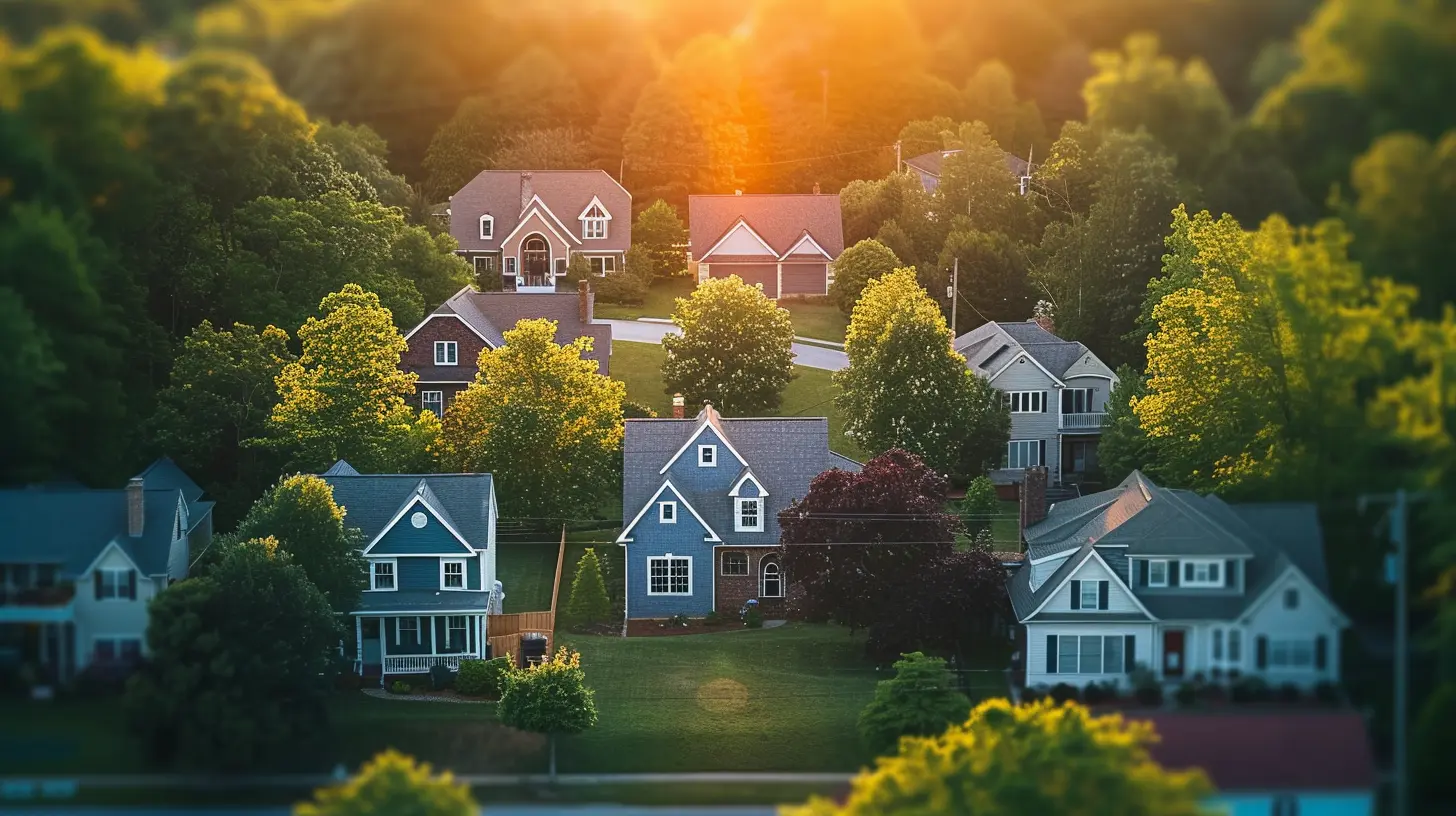
Why Perspective Matters in Real Estate Photography
Perspective is more than just a fancy photography term—it shapes how we perceive space, depth, and proportion in a two-dimensional image. In real estate photography, the goal is to present a home in the most appealing way possible while maintaining accuracy and integrity.A well-composed photo with proper perspective can:
- Make rooms appear more spacious
- Highlight architectural details
- Create an inviting atmosphere
- Prevent distortion that misrepresents the space
Since real estate listings rely heavily on visuals, understanding how to manipulate perspective can make all the difference in attracting buyers.
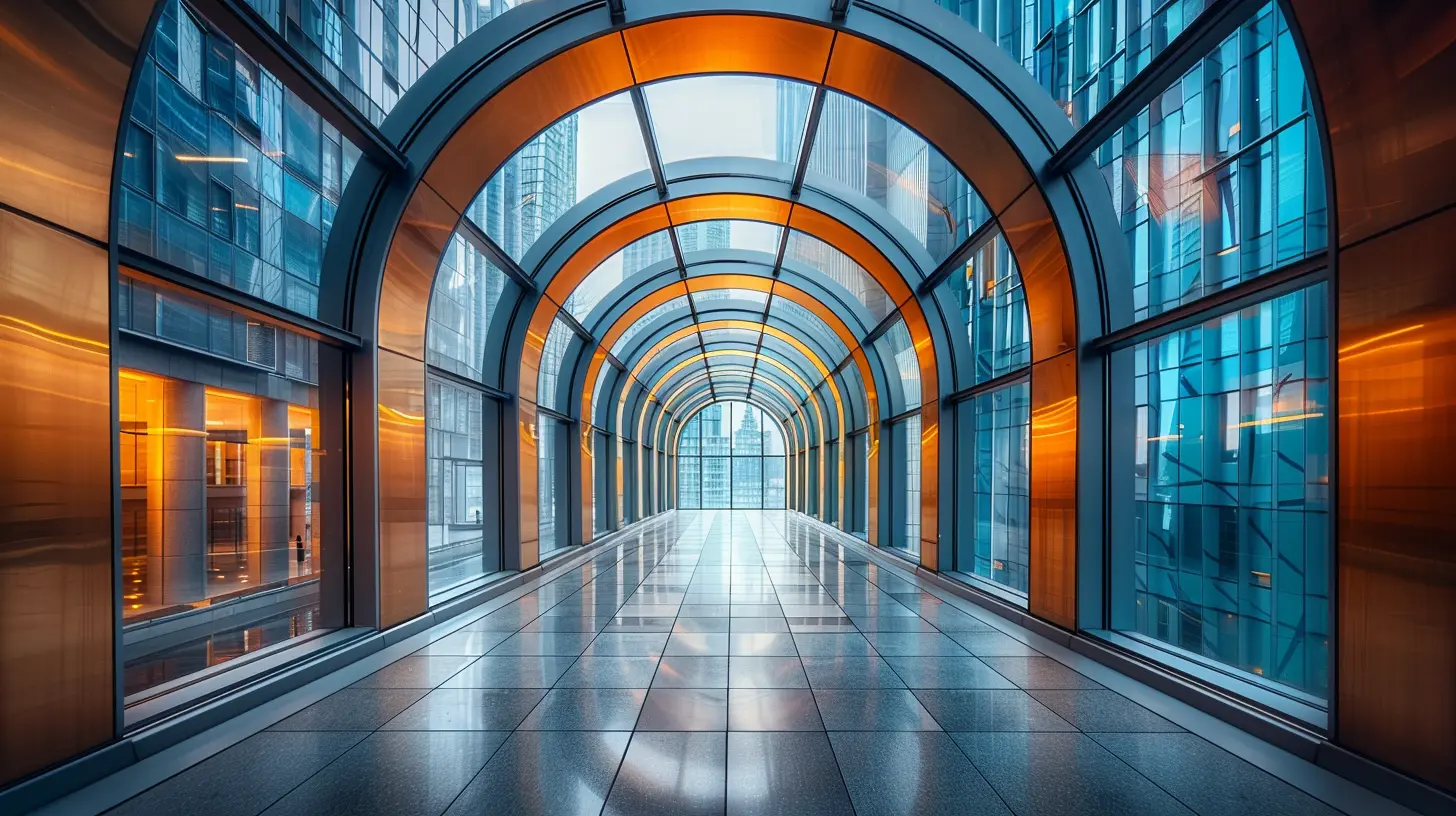
The Role of Camera Positioning
Where you place your camera significantly impacts how a space looks in a photograph. Shoot too low, and the room might look cramped. Shoot too high, and the floor might dominate the frame. The key is finding the right balance.Eye-Level vs. Waist-Level Shots
- Eye-Level: Ideal for exterior shots and spaces like kitchens and bedrooms, as it provides a natural view.- Waist-Level: Often used in living rooms and dining areas, offering a balanced sense of depth and proportion.
Generally, for interiors, a camera height of about 4 to 5 feet from the ground works best. This keeps vertical lines straight and makes rooms feel natural rather than distorted.
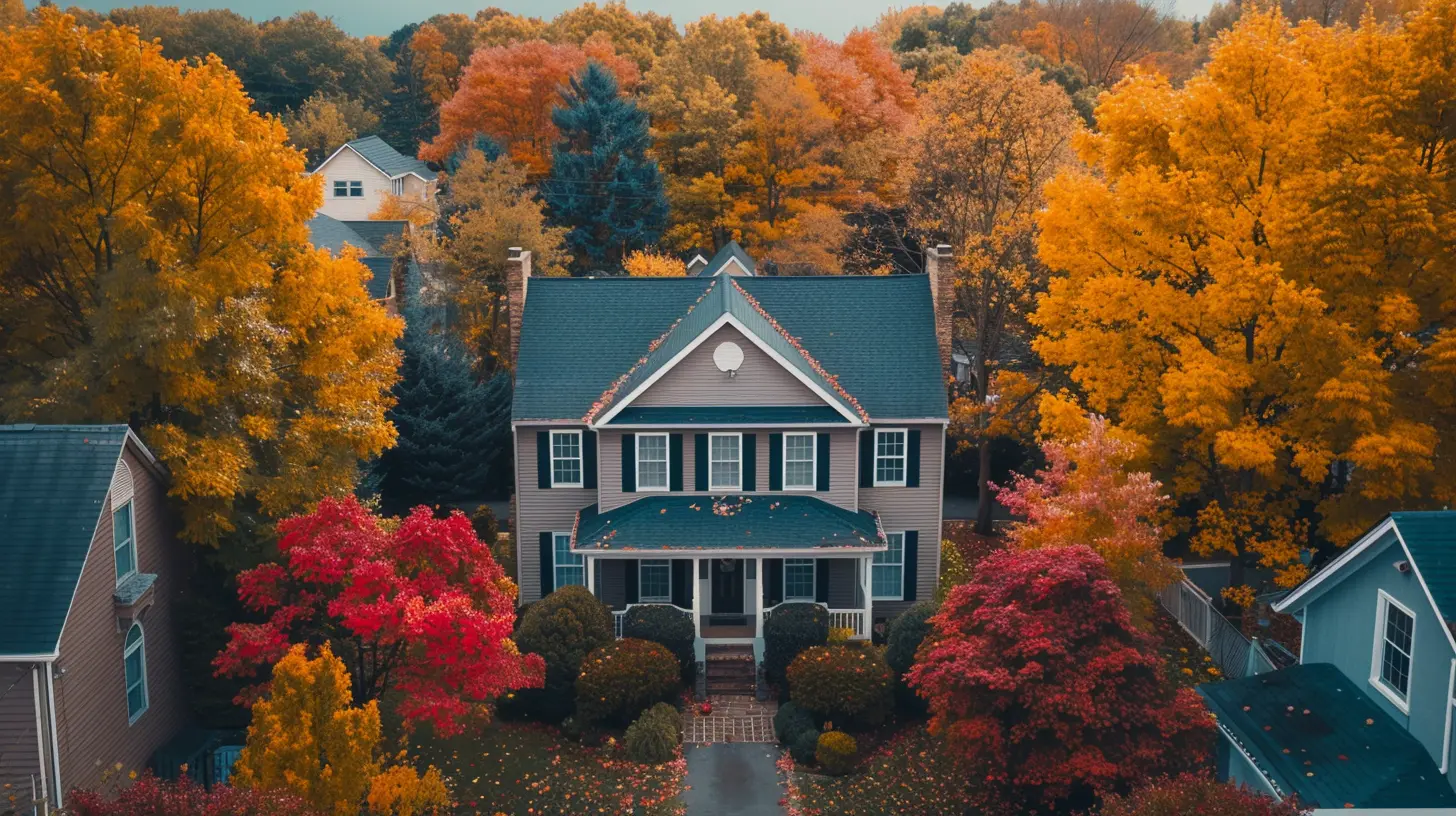
Wide-Angle Lenses: A Double-Edged Sword
Wide-angle lenses are the go-to tool for real estate photographers because they capture more of a space in a single frame. But use them incorrectly, and they can make a room look unnaturally large or distorted.How Wide Is Too Wide?
A focal length of 16mm to 24mm (on a full-frame camera) is ideal for interiors. Anything wider can stretch walls and make furniture appear oddly shaped. The goal is to enhance space without misleading potential buyers.Using a wide-angle lens properly helps:
✔ Capture a comprehensive view of the room
✔ Avoid exaggerated distortions
✔ Maintain a natural field of vision
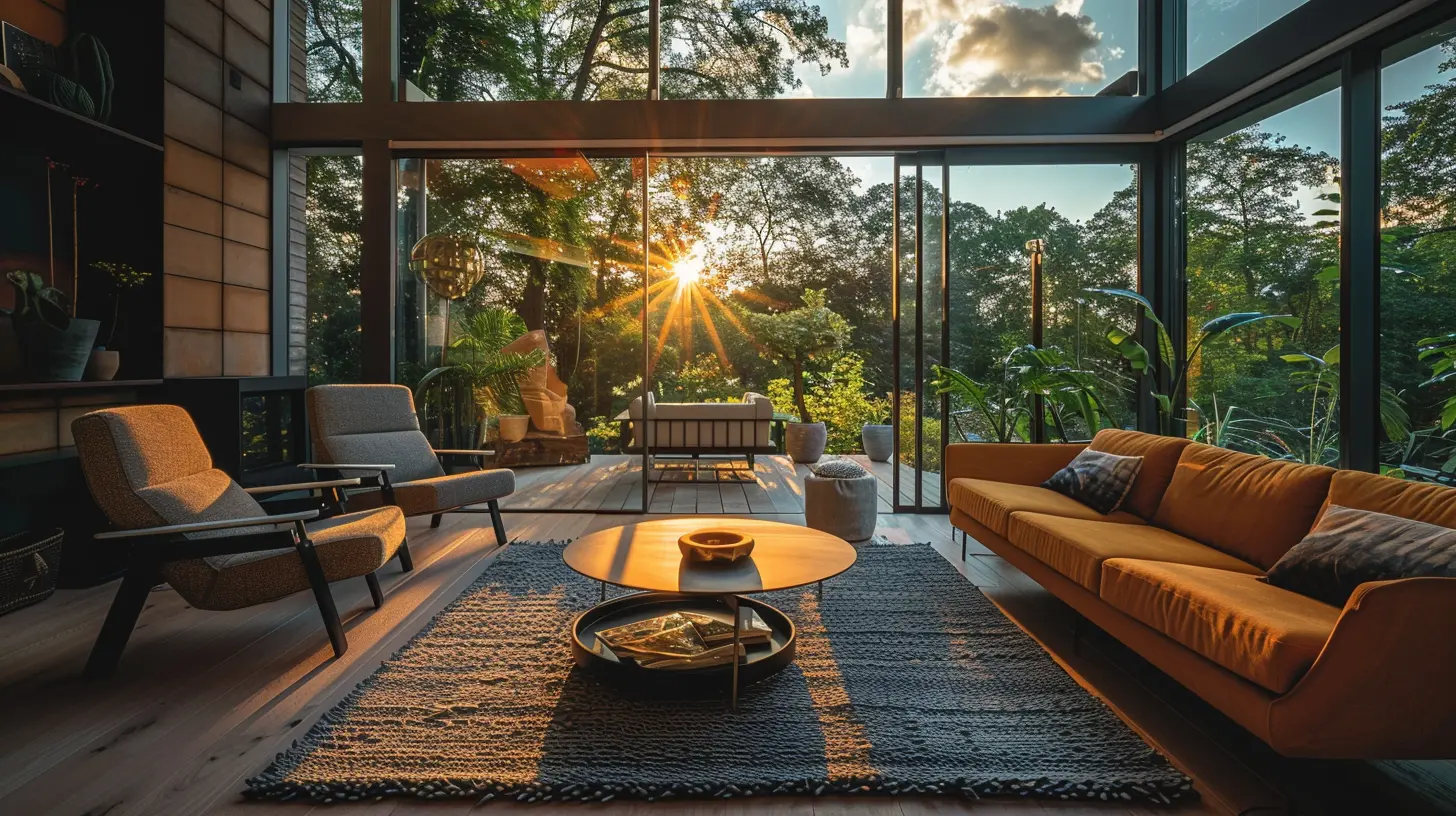
Leading Lines and Depth Perception
One of the fundamental principles of perspective in photography is leading lines. These are natural or architectural lines in a scene that lead the viewer’s eyes toward a focal point—like hallways, countertops, or furniture arrangements.How to Use Leading Lines:
- Position furniture and decor to guide the viewer’s eye through the image.- Use natural lines (flooring patterns, window frames, or railings) to enhance depth.
- Avoid tilting the camera, as it can make vertical lines converge unnaturally.
By strategically framing shots with leading lines, you’ll create images that feel open and inviting rather than flat or cluttered.
The Power of Vanishing Points
A vanishing point is where parallel lines appear to converge in an image, creating a sense of depth and distance. Think of how a long hallway seems to narrow as it extends further away—this is a visual trick that makes spaces appear deeper.Using vanishing points effectively can:
✔ Add depth to small rooms
✔ Highlight long, open layouts
✔ Avoid a "flat" and lifeless composition
For best results, align the camera with the room’s natural lines to create an intentional sense of spaciousness.
Correcting Distortion in Real Estate Photos
Distortion can make a home look odd and uninviting. Ever seen pictures where walls seem to curve or lean inward? That’s often due to lens distortion or improper camera angles.Common Types of Distortion:
- Barrel Distortion: Common in wide-angle lenses, making straight lines appear curved.- Perspective Distortion: Happens when the camera is tilted too high or low, making objects look like they’re leaning.
To fix this:
✔ Keep the camera straight and level
✔ Use lens correction tools in post-processing
✔ Avoid excessive tilt, especially in small spaces
Maximizing Natural Light & Shadows
Lighting plays a crucial role in shaping perspective. Bright, well-lit rooms naturally feel more open and inviting, while dark corners can make a space seem smaller.Tips for Using Light to Enhance Perspective:
- Shoot During the Golden Hour (morning or late afternoon) for soft, natural light.- Open Curtains & Blinds to let in as much daylight as possible.
- Use Reflective Surfaces like mirrors and glass to bounce light and create depth.
Shadows also contribute to the illusion of depth. A space without shadows can look flat, while subtle shadows add dimension.
Staging for the Perfect Perspective
Perspective isn’t just about the camera—it’s also about what’s inside the frame. Proper staging can guide a buyer’s eye and enhance a room’s perceived size.Tips for Staging with Perspective in Mind:
✔ Use furniture to define spaces and create depth✔ Keep walkways clear to avoid a cramped feel
✔ Place rugs strategically to anchor areas in large rooms
✔ Keep decor minimal to prevent visual clutter
Think of it like setting the stage for a play—you want every element to contribute to the story of the home.
Post-Processing: Enhancing Without Misleading
Editing is an essential step in real estate photography, but the key is to enhance, not deceive. Over-editing can create unrealistic expectations and disappoint potential buyers during walkthroughs.Essential Editing Techniques:
- Straighten Vertical & Horizontal Lines to correct distortion.- Adjust Brightness & Contrast for a balanced look.
- Correct White Balance to avoid unnatural color tones.
- Enhance Shadows & Highlights to add depth without overexposure.
A well-edited photo should represent the space accurately while making it look as appealing as possible.
Final Thoughts
Mastering perspective in real estate photography is both an art and a science. By understanding how camera positioning, lenses, lighting, and staging work together, you can create images that showcase properties in their best possible way.Whether you're a professional photographer or a real estate agent aiming to improve your listings, using these perspective techniques will help attract more buyers and make your properties stand out.
all images in this post were generated using AI tools
Category:
Real Estate PhotographyAuthor:

Melanie Kirkland
Discussion
rate this article
1 comments
Daniel Bennett
Ah, the magic of perspective! Because nothing says ‘dream home’ quite like a photo that makes a broom closet look like a luxurious penthouse. Who needs square footage when you have angles, right?
August 17, 2025 at 11:14 AM

Melanie Kirkland
Thank you for your clever observation! Perspective truly transforms a space, showcasing its potential in ways that square footage alone cannot convey.

